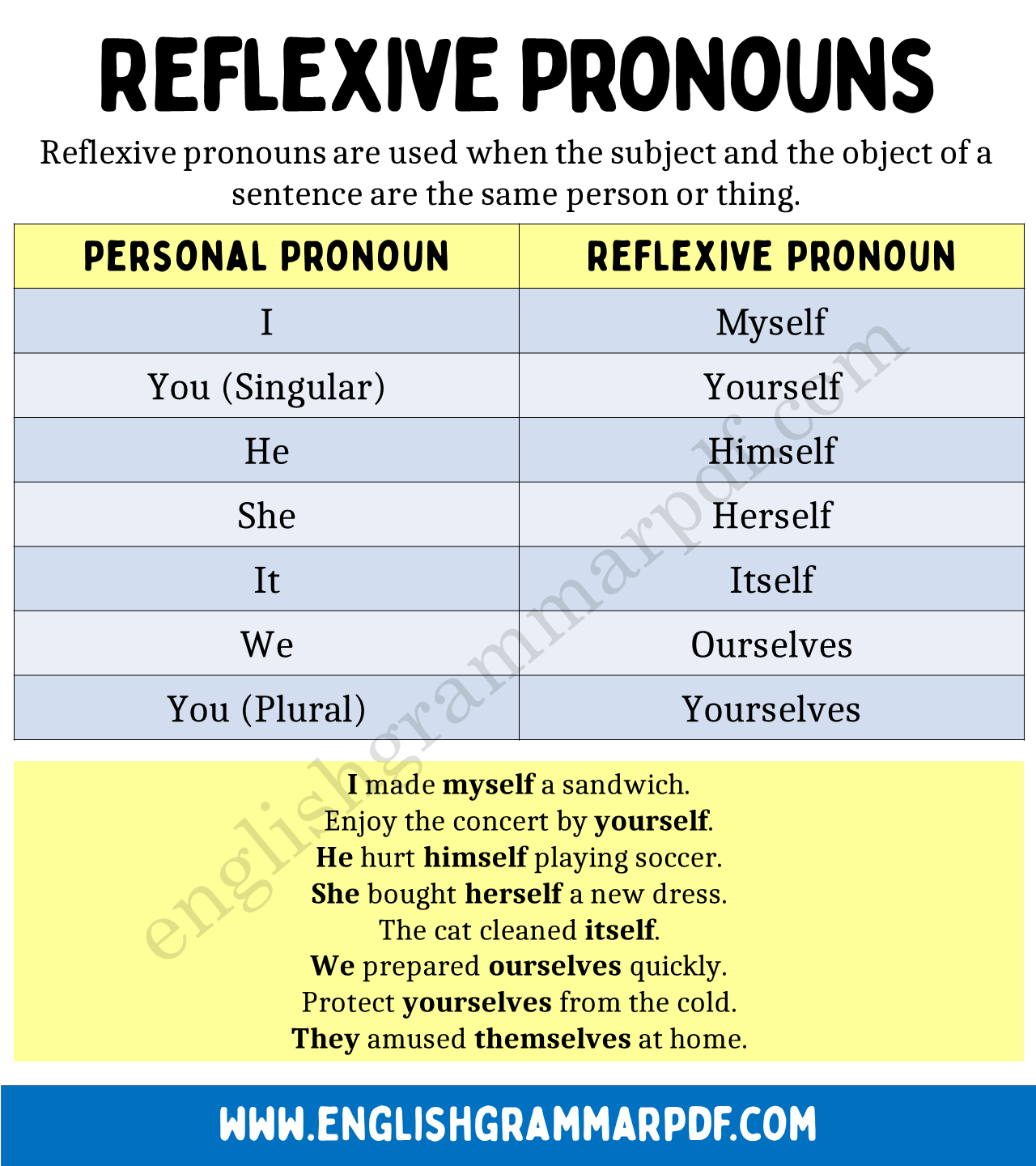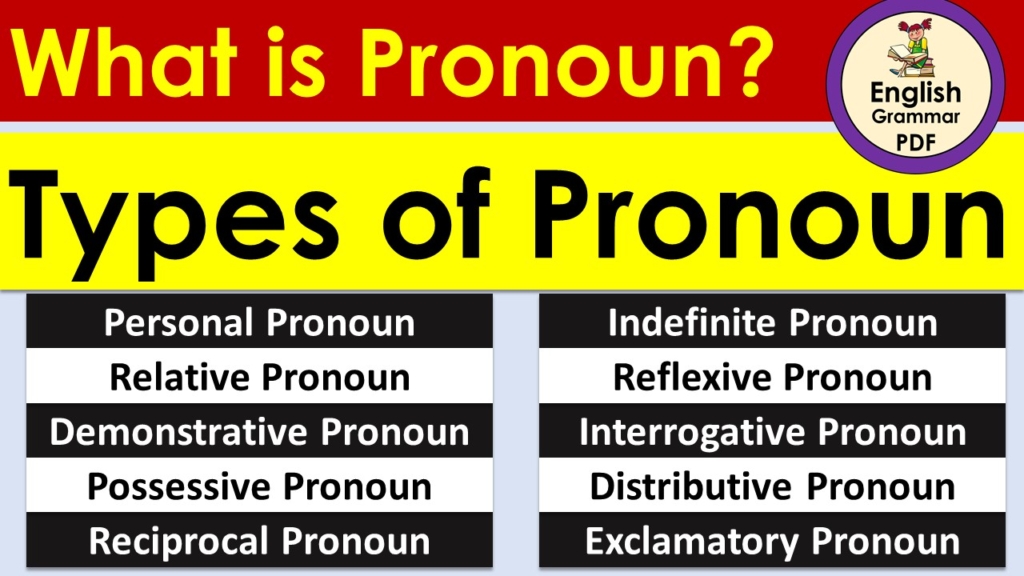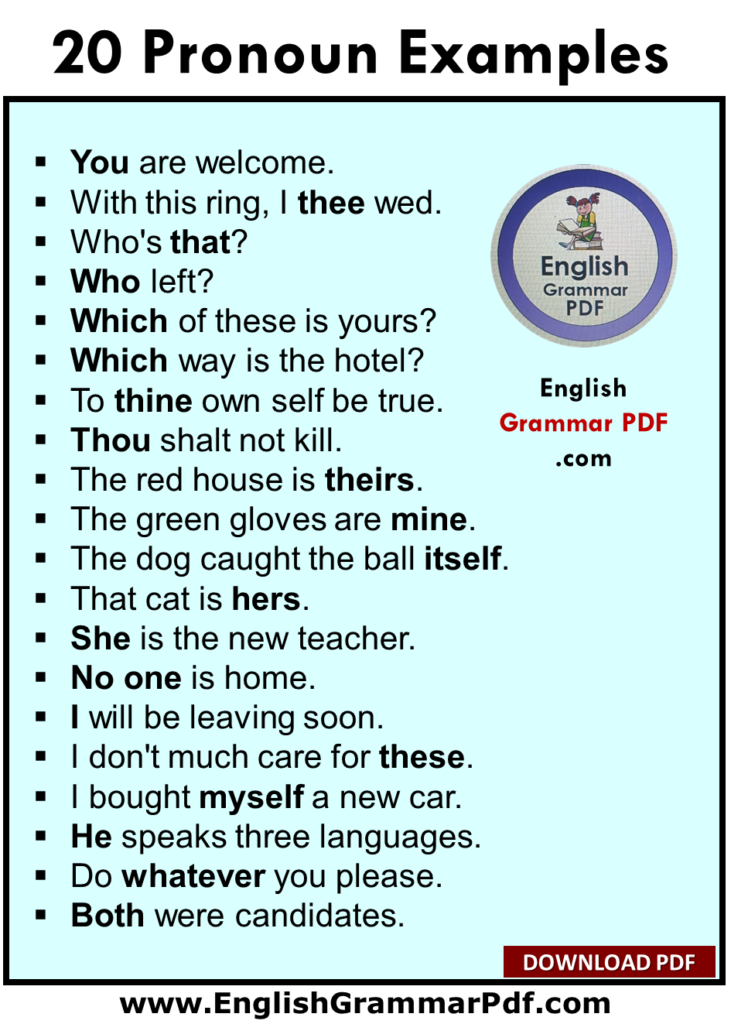Reflexive pronouns are an essential part of English grammar, often used for emphasis or to indicate that the subject of the sentence is also the object. Understanding how to use these pronouns correctly enhances clarity and precision in writing and speaking.
Definition of Reflexive Pronouns:
Reflexive pronouns are used when the subject and the object of a sentence are the same person or thing. These pronouns are formed by adding “-self” (in singular form) or “-selves” (in plural form) to certain personal pronouns.
Uses of Reflexive Pronouns:
Reflexive pronouns have several uses in English:
- Emphasis: To emphasize the subject of the sentence (e.g., “I did it myself.”).
- As a Direct Object: When the subject of the sentence is doing something to itself (e.g., “She looked at herself in the mirror.”).
- As an Indirect Object: When the subject of the sentence is doing something for itself (e.g., “He bought himself a new car.”).
- With Prepositions of Place: To indicate that the subject remains in a place (e.g., “He stayed at home by himself.”).
- As the Object of a Preposition: In phrases expressing by whom or with whom an action is done (e.g., “She did the homework by herself.”).
Reflexive Pronouns Table:
Here is a table of personal pronouns and their corresponding reflexive forms:
| Personal Pronoun | Reflexive Pronoun |
|---|---|
| I | myself |
| you (singular) | yourself |
| he | himself |
| she | herself |
| it | itself |
| we | ourselves |
| you (plural) | yourselves |
| they | themselves |
This table helps in identifying and using the correct reflexive pronoun based on the subject pronoun in sentences. Understanding and using reflexive pronouns appropriately can significantly enhance your grammar proficiency.



